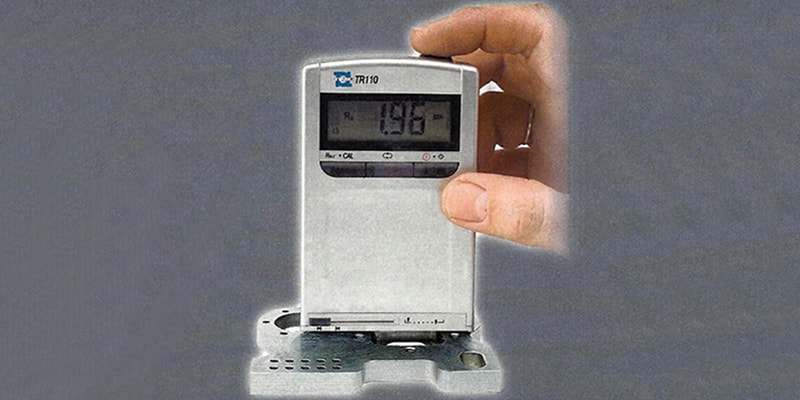Surface roughness is defined as the depth of the cut marks created by the cutting tool on the surface of the part being processed.
The surface roughness of the surface to be treated depends on a number of factors and characteristics such as the nature of the material being processed, in the case of wood materials, the direction of processing in relation to the wood fibre (grain), moisture content of the material, sharpness of the cutting edge of the cutting tool, cutting speed, speed of component feed, blade cutting angle, and the technical condition of the processing machine.
The measurement unit of surface roughness is Ra. The surface roughness values in the machining of details have been developed by testing laboratories and have been compiled in international standards. We calculate and denote surface roughness in micrometres. 1 mm = 1000 micrometres. For example, the result of calibration sanding should be Ra30-35 and the fine sanding result Ra12-16.
A special surface roughness meter TR110 is available for measuring and checking the quality of surface roughness results. This metric is characterized by accuracy, various applications, ease of use, portability and stable operation. The TR110 is a new generation surface roughness meter with logical use functions. The battery allows the meter to be used for a long period of time with short charging times, and the meter can be used during charging. Operating voltage has been reduced and, as a result, noise and interruptions in work have been reduced too. The sensor protection ensures the accuracy of the meter and the backlight allows the meter to be used in the dark.
Tooltech OÜ performs surface roughness measurements and quality control with the surface roughness meter TR110. If you are interested please contact us.


